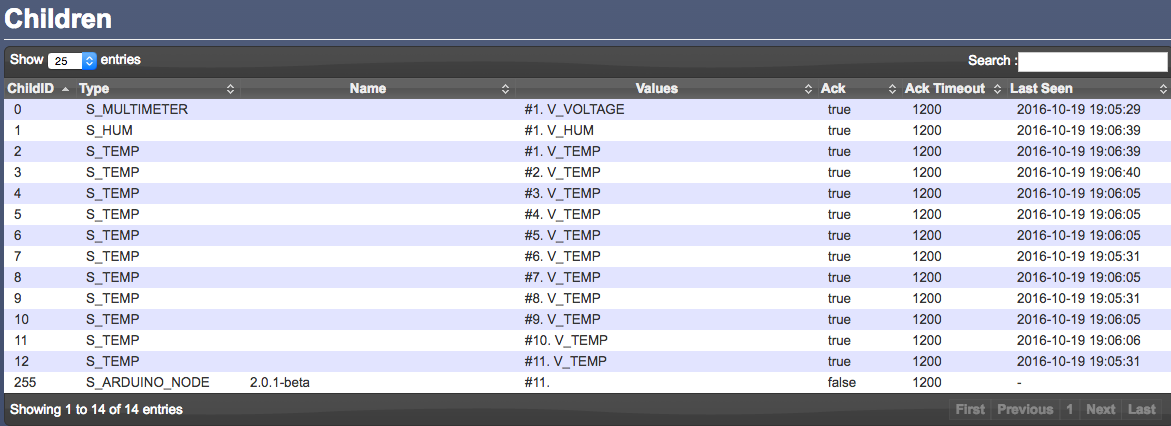@scalz said:
Be a little bit more patient, PR should go soon now as you can see from the current status ;)
It's great to see work being put into the RFM69 driver. I have tried to install your code and updated my gateway and a sensor node
On the sensor node I added
sendSignalStrength(1);
sendRadioTxLevel(1);
and in the debug window I see
6899 TSF:MSG:SEND,1-1-0-0,s=255,c=3,t=29,pt=1,l=1,sg=0,ft=0,st=OK:51
7035 !TSF:MSG:SEND,1-1-0-0,s=255,c=3,t=30,pt=1,l=1,sg=0,ft=0,st=NACK:0
Message type 30 always fails (st=NACK) - is this expected?
Gateway is ESP8266 and node is Anarduino (328p+RFM69CW)




